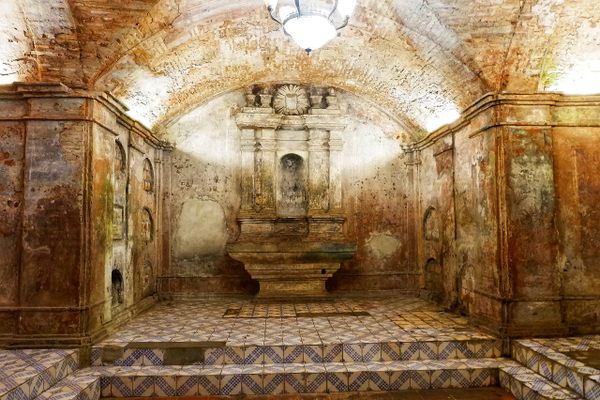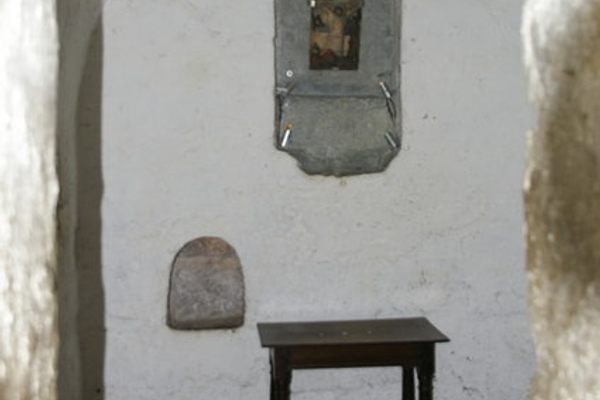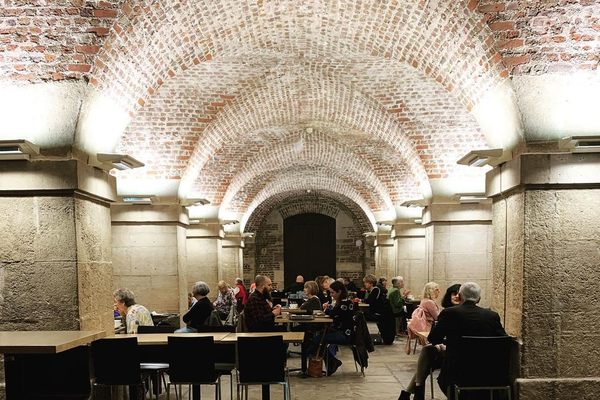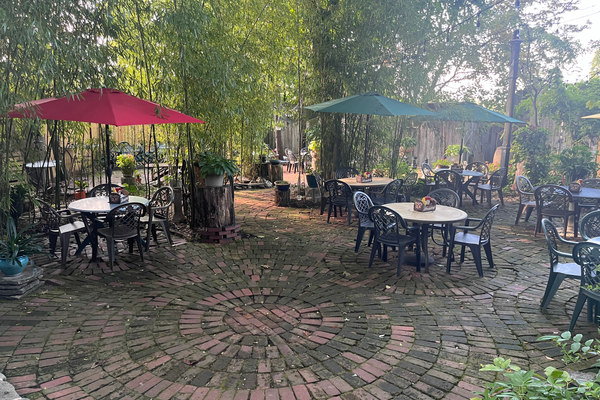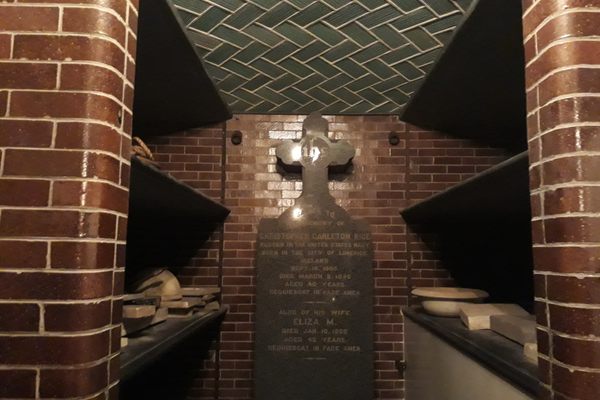About
One of the practices brought about during Spain's nearly 300-year colonial regime in the Philippines was a change in burial practices. Indigenous funeral customs varied widely across the archipelago, from mummification and mourning bonfires to hanging coffins on cliffs and cave walls in the Sagada Mountain Province. As the Spanish established a colonial government and missionaries worked to convert Indigenous Filipinos to Catholicism, some of those ancient burial traditions began to fade and European-style cemeteries were established in the Philippines.
In 1845, Franciscan friar Father Vicente Velloc had a chapel built in Nagcarlan, on the sloping hills near the base of Mount San Cristobal. Above ground, the chapel is surrounded by a Baroque cemetery with niches four levels high arranged in a circular pattern around a grassy field. The niches served as burial spaces for the general public and double as the cemetery's walls. Underneath the chapel, an underground crypt was reserved as a more exclusive burial place for Spanish friars and other prominent figures. As you enter the chapel, a staircase on the right leads down to tombs stacked three levels high.
During the Philippine Revolution between 1896–1898, the Nagcarlan Underground Cemetery served as a meeting place for the local revolutionaries against the Spanish. Just a few years later, it served a similar purpose during the Philippine–American War. During World War II, the cemetery was used as a hideout for guerrillas resisting the Japanese occupation of the Philippines.
The Nagcarlan Underground Cemetery was declared a National Historical Landmark in 1973. There has not been a new burial in the cemetery or crypt since 1983.
Related Tags
Know Before You Go
Located just two hours away from Metro-Manila, Nagcarlan can be reached thru Sta. Cruz and Liliw, two other towns in Laguna worth visiting. There's a National Historical Landmark office beside where you can learn more about the history and see the chronological photos of the site. Free entrance.
The cemetery is open from Tuesday to Sunday, from 8 a.m. to 4 p.m. There's a guard at the entrance manning the place.
Published
October 20, 2022
